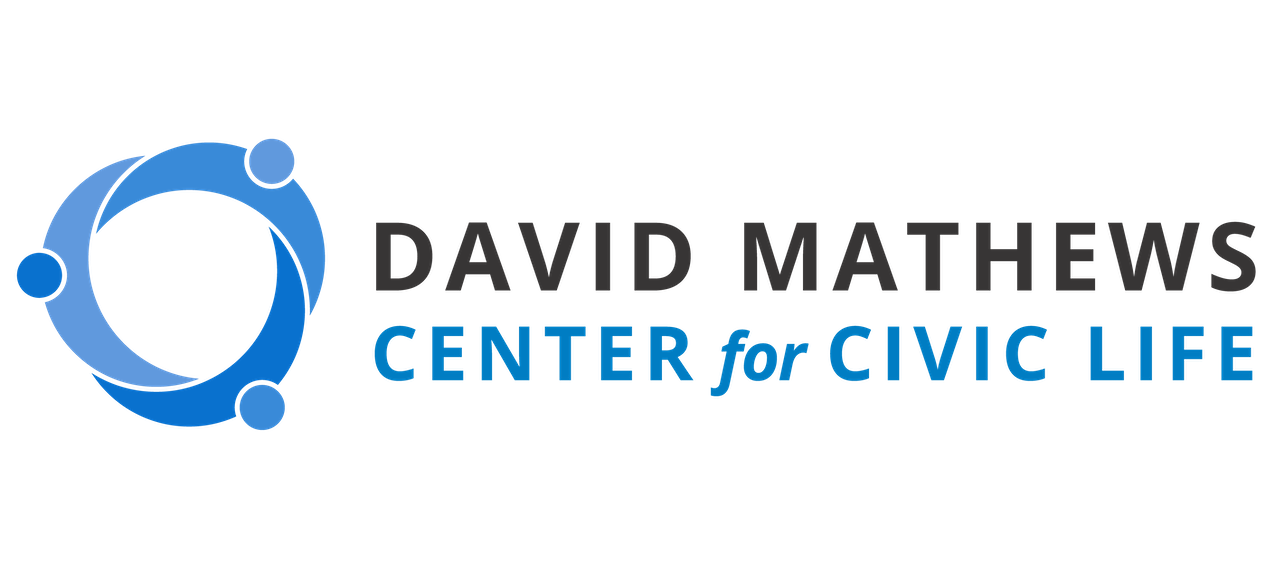Learning by Belonging: Active Citizenship & Place-Based Education
“They are a product of their upbringing" only tells us part of the story. Once we look deeper, however, a more profound meaning of this cliché comes to light.
By Gabrielle Lamplugh, Education Director
“They are a product of their upbringing.” We’ve all heard this phrase at some point, typically to allude to why people do something seen as problematic or flawed. Less often do we use this phrase to recognize all of the positive ways that our upbringings influence us: our values, our interests, our ambitions. I for one know that my love of literature and writing was sparked by my parents’ frequent bedtime recitations of Robert Frost and Robert Louis Stevenson. I am still instantly reminded of “Autumn Fires” from The Children’s Garden of Verses every time I smell a fall brush burn. And my hard to tamp desire to sell it all and start a goat farm was likely influenced by the herd of animals my four siblings and I kept around growing up: four dogs, three tortoises, a turtle, a cat, endless entomological specimens, about twenty fish, and a shark.
We are very much the product of our upbringing and where we come from. We can all think of ways that our hometowns, home countries, and family culture have influenced who we are. Even the people that came before us influence our collective sense of who “we” are. The things we hold valuable, what we invest in, and what we are willing to sacrifice for are the result of generations of formative experiences. As Thomas Merton eloquently wrote, “The things that we love tell us what we are. A person is known, then, by his end. He is also known by his beginning.”
So then, how should we begin? Through the DMC’s educational programs, we strive to begin with place. More specifically, place-based education. The philosophy of place-based education is pretty simple: the land we live on is a teaching tool in itself. Whether studying science, literature, theatre, or math, there are ways to connect natural resources, local history, storytelling and culture to our curriculum. However, when it comes to civics education, I think the gift of place proves to be an indispensable tool.
If our beginnings influence our ends, if we want young people to be thoughtful, active citizens in adulthood, our curriculum must be designed around getting young people engaged in their “place” now. We cannot expect young people to grow up and love their community if they are not shown what there is to love. We cannot expect them to become leaders if they don’t meet the leaders currently around them. We cannot expect them to preserve their place’s history if they do not know it. And we cannot expect them to cultivate civic fortitude if they haven’t seen it at work. Put simply, we are the product of our upbringing. If our upbringing, including our education, doesn’t emphasize the assets of the place we call home, we are unlikely to grow up to value it, invest in it, or protect it.
Young people’s sense of place informs their civic action. Their knowledge of and involvement in their community from a young age determines how likely they are to stay connected with it as they get older. If we want students to have a lifelong commitment to their communities, we need to be intentional about incorporating those communities into their formative learning experiences. As we approach the holidays and Alabama’s 200th birthday, I’ve been reflecting on the ways the DMC has been able to emphasize the gift of place through programming this past year, as well as how we can continue to grow place-based programming in years to come.
From asset mapping workshops with youth, to our Bicentennial supported educator workshops, to new projects with historians throughout the state, we’ve been fortunate to spend a year immersed in the people, places, and cultures that make up Alabama. In the coming year we look forward to continuing our youth programming, connecting more widely with educators, and partnering with new historical sites and scholars to create a growing collection of issue guides focused on the rich, difficult, and diverse histories in our state.


